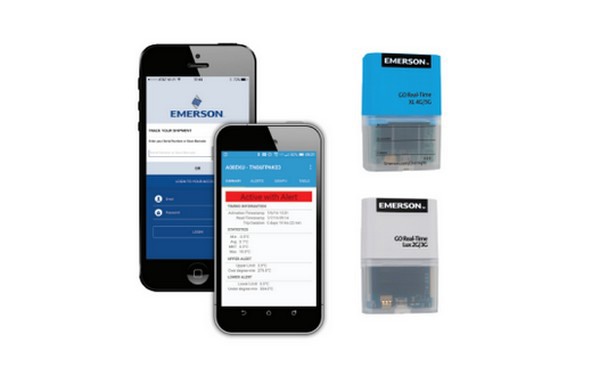While most sustainability practices focus on eradicating the negative effects of plastic on the environment, they fail to realize that food waste, while biodegradable in many cases, is also just as harmful. This has been a growing problem worldwide.

Harmful Effects of food waste
A 2018 study by the Boston Consultant Group revealed that 1.6 billion tons of food, or roughly one-third of all the food produced globally, are lost or go to waste. It is also estimated that annual food loss and waste will reach 2.1 billion tons, worth $1.5 trillion, by 2030. Almost all continents contribute to this problem, with Asia accounting for over 50% of the world’s food waste. To get rid of food that can no longer be consumed, landfills incinerate or decompose them, which produces methane gas more dangerous than carbon dioxide and even worsens climate change.
Aside from its effect to the environment, food waste also leads to financial implications on water, energy, labor, agricultural chemicals, transportation, and other resources. On the production side, some growers either unharvested or throw food out due to labor shortage, low price of produce in the market, food safety scares, and improper refrigeration and handling, among other things.
Meanwhile, on the distribution side, exporters fail to transport produce in time due to the lack or improper infrastructure, facilities, and handling of food in the supply chain. For example, data showed that in the Philippines, substantial post-harvest losses of up to 50% were recorded from the initial harvesting, grading, packaging, and transportation from field to storage and distribution to the consumers.
Resolving the food waste crisis
Understanding the implications of food waste in many aspects of life and business has led many companies today to offer various technologies - from as simple as smartphone apps to advanced trackers and systems - that give visibility to temperature conditions of products while in transit and help growers and exporters streamline their produce shipments and make critical decisions based on real-time data.
For instance, the global technology and engineering company Emerson uses cellular and cloud technologies to help exporters monitor the temperature and location of goods as they get transported to supermarkets and other food distributors.
Emerson’s GO Real-Time 4G/5G Trackers provide users with temperature, humidity, and location data to check if access real-time data and receive critical alerts on the computer, tablet, or smartphone to monitor and protect perishables in transit. They can access this data using Emerson’s Oversight 2 cloud-based online portal.
Emerson’s GO Real-Time tracking devices and the Oversight 2, in particular, have been helpful tools to produce growers and exporters. For example, at the onset of the COVID-19 pandemic, a citrus grower in California, was experiencing a surge in demand for their citrus fruits. The company shipped as much produce as they could to meet this demand. However, when some of their distribution centers reached full capacity and were asked to hold loads of produce on the trucks for three to nine days or temporarily close, the transportation team needed to quickly figure out how to manage this. To avoid any significant food safety and product quality risks with leaving fresh products on trucks for that long, they used Emerson’s technology to make real-time adjustments.
Oversight 2 helped the company monitor trucks as they went to full distribution centers and rerouted shipments directly to nearby customers or other receiving centers. Meanwhile, the GO Real-Time trackers provided them with an additional layer of load security in their supply chain.
Not only can these systems help exporters monitor fresh produce, but also access data that they can submit to claim insurance in the event that their cargo gets lost or spoiled. The data can serve as proof that most insurers typically require to provide insurance to exporters.
Preparing for the future
By utilizing these solutions, farmers and exporters can sustainably reduce food waste and efficiently and appropriately distribute food. In a broader perspective, resolving food spoilage cases could also reduce cases of hunger in most countries. According to the United Nation’s World Food Programme, food loss is one of the root causes of hunger worldwide aside from chronic poverty, conflict and economic shocks. Without intervention from the public and private sectors, 50 countries will possibly fail to achieve the UN’s Sustainable Development Goal of zero hunger by 2030.
Considering that the world is going through a mass reorganization caused by the COVID-19 pandemic as well, the freshness and safety of food is now the utmost priority of growers, exporters, and customers. It’s now only a matter of using solutions that are already in place to save food for everyone.
To find out more about Emerson cargo solutions click here
For more information:
CargoAsia@Emerson.Com
